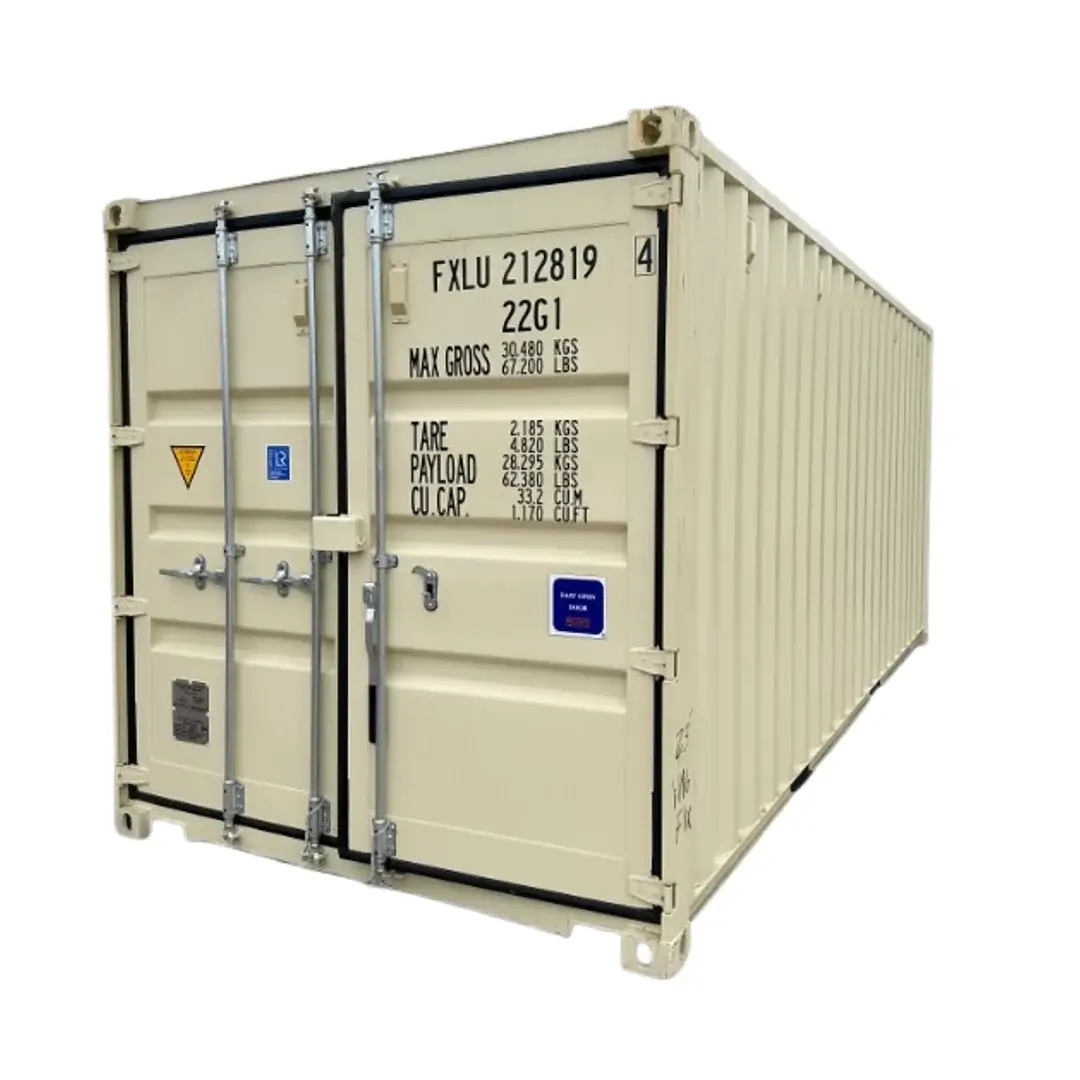Shipping containers have come a long way from their original role of transporting goods across oceans. Today, they’ve become an integral part of modern architecture, storage, and business innovation. Whether you’re planning to start a container home project, expand your business with portable offices, or simply need durable storage space, learning how to buy shipping containers New York the right way is crucial.
In this comprehensive guide, we’ll explore everything you need to know before making a purchase — from choosing between new and used shipping containers, to understanding shipping container modifications, and even when to consider shipping containers for rent instead.
Why Buy Shipping Containers in the First Place?
You might wonder — why are so many people choosing to buy shipping containers these days? The answer lies in their unique combination of durability, versatility, and affordability.
Here’s what makes them a smart investment:
• Long lifespan: With proper maintenance, containers can last 25+ years.
• Weather resistance: Built to withstand harsh marine conditions.
• Cost-effectiveness: Far cheaper than constructing a building from scratch.
• Eco-friendly: Repurposing used shipping containers helps reduce steel waste.
• Customizable: Easily transformed with creative shipping container modifications.
From temporary offices to off-grid homes, these steel structures are becoming the foundation of modern, flexible living and working spaces.
New vs. Used Shipping Containers — Which Should You Choose?
When you decide to buy shipping containers, one of the first choices you’ll face is whether to go for new or used units. Each comes with its own set of pros and cons.
New (One-Trip) Shipping Containers
These containers are shipped once (usually from the factory to their destination) and then sold.
Pros:
• Excellent condition — no rust, dents, or prior use
• Perfect for high-end projects or permanent structures
• Easier to modify and paint
Cons:
• Higher upfront cost
• Less environmentally friendly than reusing old units
Used Shipping Containers
These have typically been in service for 5–10 years before being resold.
Pros:
• Much cheaper — often 40–60% less than new
• More eco-friendly (repurposed instead of scrapped)
• Ideal for storage, workshops, or experimental builds
Cons:
• May have minor wear, dents, or rust spots
• Requires inspection before purchase
Pro Tip: Always ask for a “wind and watertight” certification or check the CSC plate to ensure the container is still structurally sound.
What Are Shipping Container Modifications?
One of the biggest advantages of owning a container is the ability to customize it. Shipping container modifications can turn an ordinary steel box into anything from a cozy living space to a modern business hub.
Popular Modification Ideas
• Windows and Doors: Add ventilation and natural light.
• Insulation & HVAC: Keep interiors comfortable in any climate.
• Electrical & Plumbing: Essential for homes, offices, or cafés.
• Partitions & Flooring: Create organized layouts for multi-purpose use.
• Painting & Branding: Perfect for businesses and marketing events.
Innovative Examples
• Pop-Up Retail Stores – Easy to move between events or locations.
• Cafés and Restaurants – Install serving windows, countertops, and seating.
• Tiny Homes & Studios – Fully livable spaces with eco-friendly touches.
• Portable Offices – Moveable, secure, and affordable business solutions.
The best part? Containers are modular — you can stack or combine multiple units for larger builds.
Where and How to Buy Shipping Containers
Buying the right container involves more than just clicking “add to cart.” You’ll want to find reliable suppliers and inspect quality before finalizing.
Steps to Buying Smart
• Determine your purpose – storage, home, retail, or transport.
• Select size and condition – new, used, or refurbished.
• Choose a trusted supplier – check reviews and certifications.
• Inspect before delivery – look for rust, holes, and flooring damage.
• Consider delivery logistics – ensure your site can accommodate truck access.
Where to Find Containers
• Local shipping depots or resellers
• Specialized container retailers
• Online marketplaces (ensure reputable sellers)
• Rental companies that sell their retired stock
If you’re unsure about committing, some suppliers allow you to rent shipping container units first — then apply your rental payments toward purchase later.
Tips Before Making Your Final Purchase
Make sure your investment pays off by following these expert tips:
• Inspect before you buy. Even used shipping containers can last decades if in good shape.
• Plan modifications early. Structural changes are easier before installation.
• Check zoning and permits. Some areas require approval for permanent use.
• Think about resale value. Containers hold strong value when maintained.
• Go green. Reusing containers cuts down on construction waste and emissions.
Conclusion
Buying a shipping container is more than a purchase — it’s an investment in flexibility, sustainability, and creativity. Whether you’re planning to build an eco-home, expand your business, or need secure on-site storage, knowing how to buy shipping containers New York wisely can save you time, money, and hassle.
If you’re new to the idea, you might start small — experiment with shipping containers for rent to test out configurations. Once you’re confident, used shipping containers offer a cost-effective path to ownership, while new units provide pristine quality for large-scale or long-term projects.
Finally, don’t overlook the power of shipping container modifications. With a bit of creativity, that steel box can become your next home, business, or art space — proof that innovation sometimes comes in the most unexpected form.



